The building blocks that enable a child to read fluently start long before they pick up theirs first book.
Here are the steps you can take that will allow your child to read fluently.
1. Use complex language when talking to your children from an early age. 70% of our communication is non-verbal, don’t dumb it down, thus increasing their vocabulary.
2. Make sight word flash cards from an early age. CVC words (consonant vowel consonant) FOG DIG CAT HIT
3. Make vocabulary matching games (like the one in the video) and tailor them to the ability of the child.
4. Give you child some post-it notes and ask them to label everything in the house for you.
5. Learn all the letter sounds and their names.
6. Understand the 44 phonemes and teach these to your children. Ch ck igh ai Th (the full list can be found below.
7. Read together with your child, allowing them to decode the words using their knowledge you have instilled. Fingers can assist with tracking at first and then can be removed.
8. Read for pleasure. Explain the purpose of reading is to increase our knowledge and understanding.
9. Allow your child to have their own bookshelf.
10. Make library visits a thing that you do each week.
11. Read yourself. Take time out to read as a family. Model how relaxing it can be to be immersed in literature.
Here is the list of 44 phonemes all children need to know before they can read fluently.




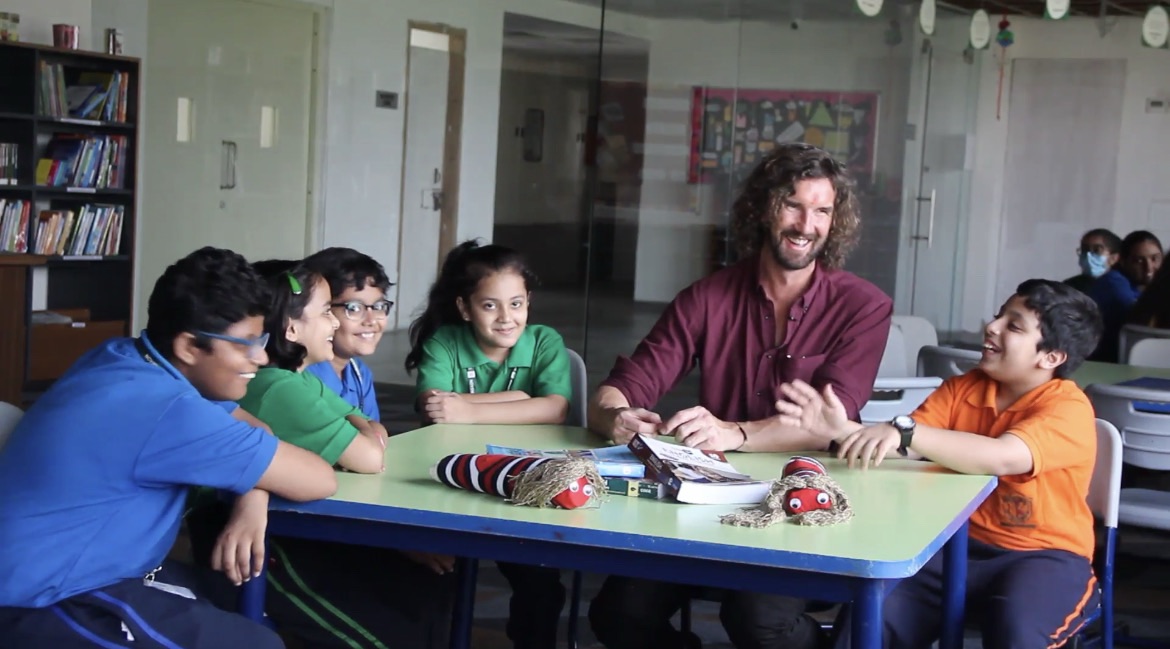
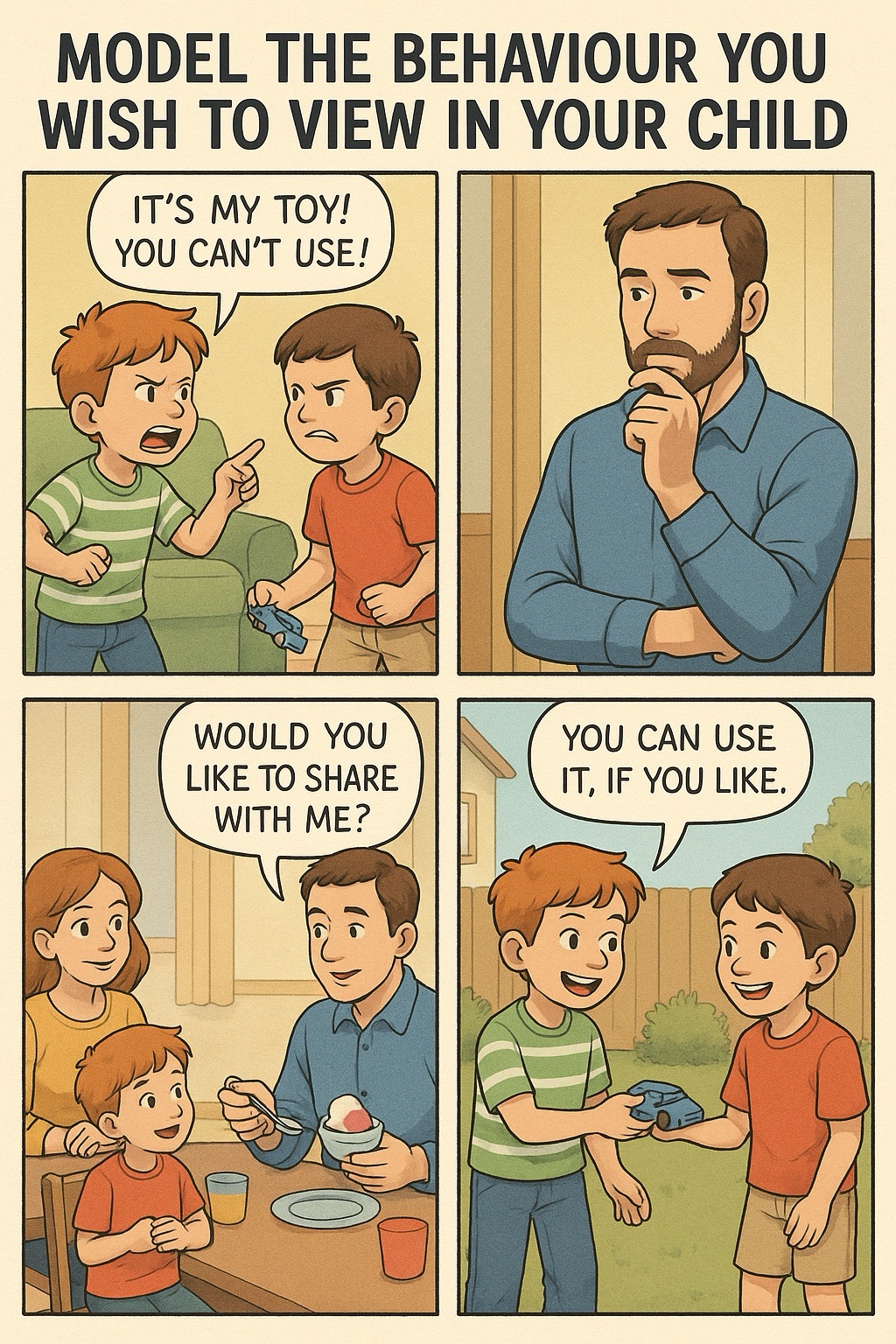
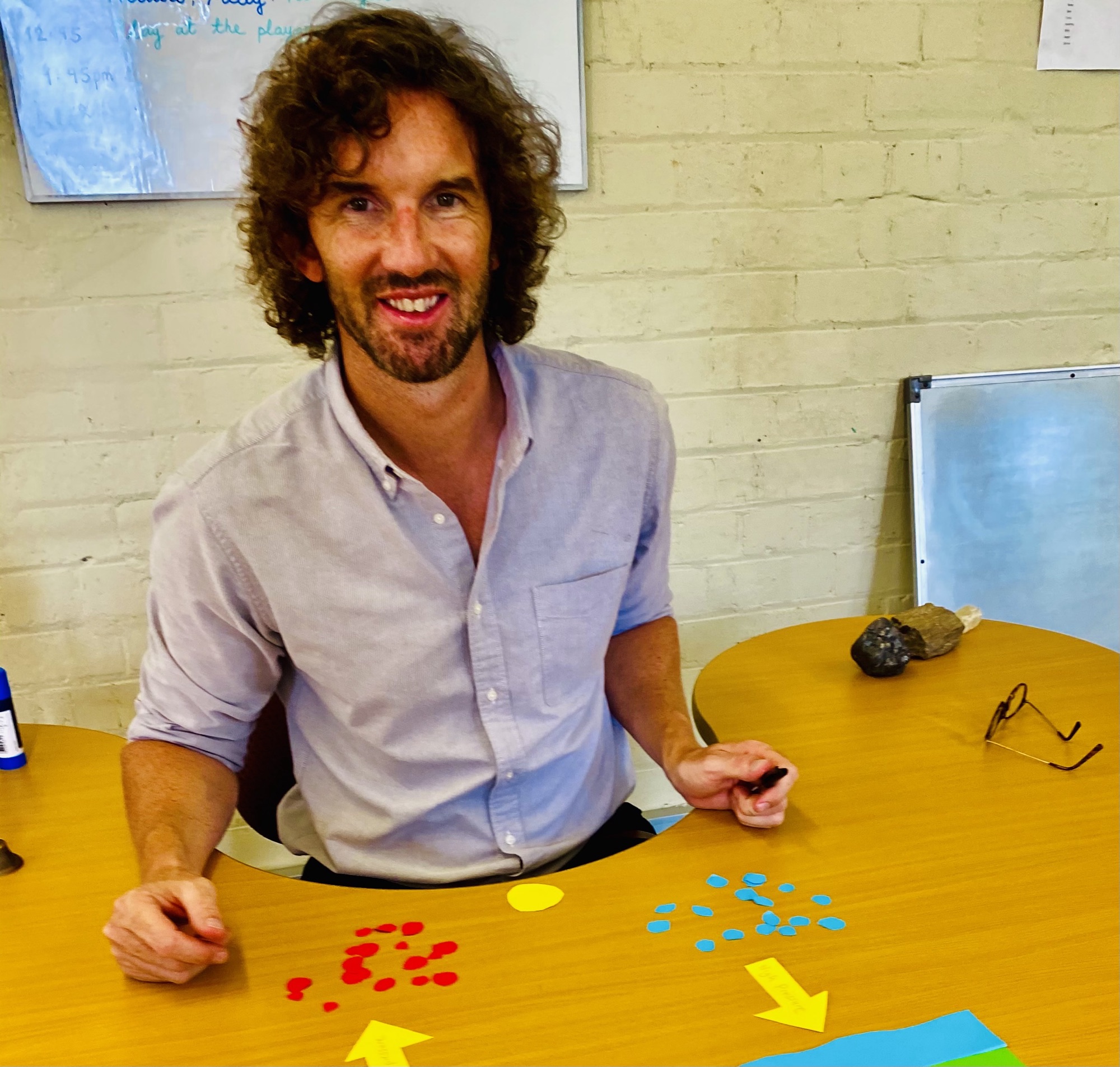


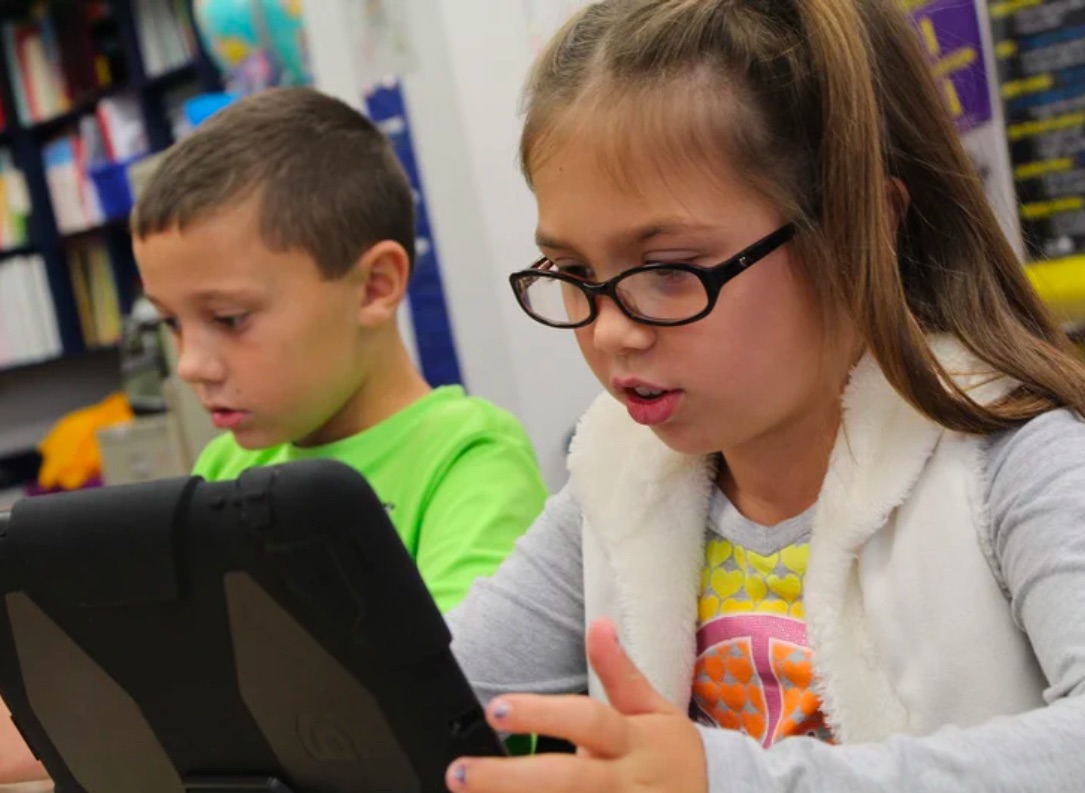
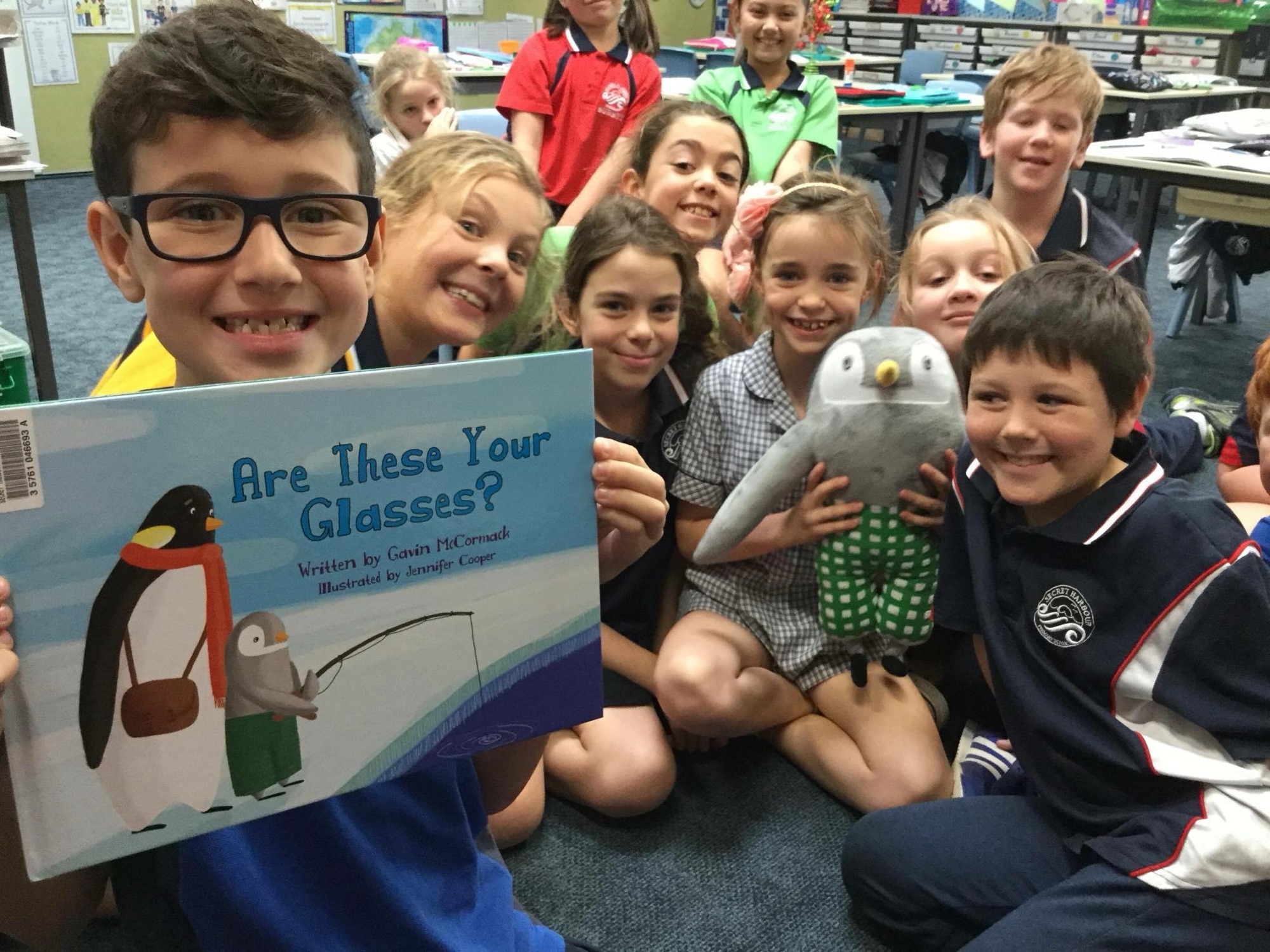
7 Responses
As always Gavin, you are making life easier for teachers all over the world. Thank you!
I completely agree with you
Same kind of games are being taught by me to primary school teachers since 1980 when I happen to be in England for a Specialized training in AUDIO VISUAL MEDIA production in Formal Education. Also visited number of schools where teachers used such low cost or no cost educational materials.
We use the same activity for words matching, words and pictures matching, numbers matching, oral addition, subtraction, multiplication and division etc.
What a great article!
Totally agree with everything
Same kind of games are being taught by me to primary school teachers since 1980 when I happen to be in England for a Specialized training in AUDIO VISUAL MEDIA production in Formal Education. Also visited number of schools where teachers used such low cost or no cost educational materials.
We use the same activity for words matching, words and pictures matching, numbers matching, oral addition, subtraction, multiplication and division etc.
Excelente article, Gavin